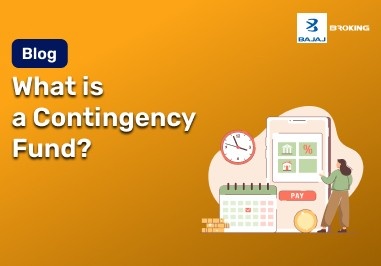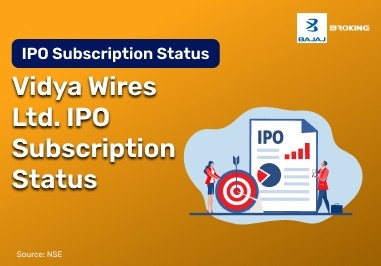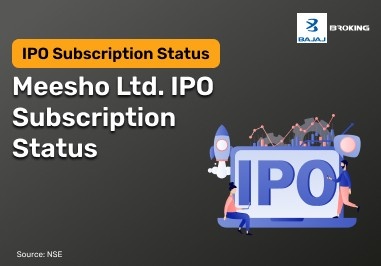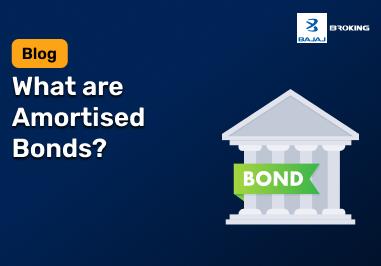There are some technologies accessible in the world of financial markets that can affect trading results. These include leverage and margin. With comparatively less of their own capital, traders can manage a larger market position thanks to these ideas. Navigating specific trading methods requires an understanding of how margin and leverage work. The mechanics of margin and leverage, their ramifications, and some associated trading considerations are examined in this article.
Understanding Margin and Leverage
Margin and leverage are interconnected concepts in financial trading, both involving the use of borrowed funds to execute trades. Margin refers to the portion of an investment's value that a trader must pay with their own money. It is essentially a collateral deposit that the trader provides to their broker to cover potential losses. The remaining portion of the trade value is borrowed from the broker. This initial deposit serves as a buffer against adverse price movements. Leverage, on the other hand, describes the ratio of the total value of the position a trader controls to the amount of their own capital (margin) contributed. For instance, if a trader puts up ₹10,000 as margin and controls a position worth ₹100,000, they are using leverage of 10:1. This means for every ₹1 of their own capital, they control ₹10 of the asset. The primary purpose of leverage is to potentially amplify the percentage returns on a trade, as any profit or loss is calculated on the total value of the position, not just the initial margin. However, this amplification also extends to losses.
How Margin Works in Trading?
Margin trading involves borrowing funds from a broker to purchase securities. When a trader engages in margin trading, they are required to deposit a certain percentage of the trade's total value, known as the initial margin, into their brokerage account. The broker then lends the remaining amount. The securities purchased with borrowed funds serve as collateral for the loan. For example, if a stock costs ₹100 and the initial margin requirement is 50%, a trader would pay ₹50 from their own funds, and the broker would lend the other ₹50.
Once a position is opened on margin, the trader is subject to maintenance margin requirements. This is the minimum amount of equity a trader must maintain in their margin account relative to the current market value of the securities. If the value of the securities falls and the equity in the account drops below the maintenance margin, the broker issues a margin call. A demand for the trader to deposit more money or securities in order to restore the account equity to the maintenance margin level is known as a margin call. If the trader fails to meet the margin call, the broker has the right to sell the securities in the account to cover the borrowed funds, potentially resulting in a loss for the trader. Interest is also charged on the borrowed funds.
Calculating Initial Margin
Calculating the initial margin required for a trade involves understanding the specific margin requirements set by the broker and regulatory bodies. The initial margin is typically expressed as a percentage of the total value of the securities to be purchased.
Element
| Description
| Example (Equity Delivery)
|
Total Trade Value
| Number of Shares × Price per Share
| 100 shares × ₹500/share = ₹50,000
|
Initial Margin %
| Percentage of trade value required as own capital
| 20%
|
Initial Margin Amount
| Total Trade Value × Initial Margin %
| ₹50,000 × 20% = ₹10,000
|
Leverage Ratio
| Total Trade Value / Initial Margin Amount
| ₹50,000 / ₹10,000 = 5:1
|
Borrowed Amount
| Total Trade Value - Initial Margin Amount
| ₹50,000 - ₹10,000 = ₹40,000
|
For instance, if you intend to buy shares worth ₹50,000 and the initial margin requirement for that specific stock or segment is 20%, you would need to have ₹10,000 in your margin account. The remaining ₹40,000 would be borrowed from the broker. Different segments of trading (e.g., equity intraday, futures, options) have varying initial margin requirements, which are set by the exchanges and can also be influenced by the broker's own risk policies. Traders need to verify the applicable margin percentage for their desired trade segment and specific security before placing an order.
Risk Management Strategies with Margin
Using margin in trading introduces additional considerations for risk management. Implementing certain strategies can assist in navigating these aspects:
Understanding Stop-Loss Orders:
A stop-loss order is a pre-determined instruction to sell a security when its price falls to a certain level. This aims to limit potential losses on a position. When trading on margin, setting a stop-loss can be a component of managing exposure to adverse price movements, aiming to prevent the account equity from falling below maintenance margin requirements.
Position Sizing:
Carefully determining the size of a trade relative to your total capital is a risk management strategy. Trading with smaller position sizes, even with leverage, means that a negative price movement on one trade will have a less significant impact on the overall account equity. This can provide more room for market fluctuations.
Monitoring Maintenance Margin:
Actively monitoring the equity in your margin account relative to the maintenance margin requirement is important. Being aware of this threshold can help a trader anticipate potential margin calls and take action before they occur, such as reducing the position or depositing additional funds.
Avoid Over-Leveraging:
While leverage can amplify returns, it also amplifies losses. Using excessive leverage, where a small price movement can lead to a substantial percentage loss on the invested capital, increases risk. It is often considered prudent to use leverage levels that align with one's risk tolerance and understanding of market volatility.
Diversification:
Spreading investments across different securities, sectors, or asset classes, even when using margin, can be a part of managing concentration risk. Relying heavily on one or a few highly leveraged positions can increase the overall risk profile of a portfolio.
Keeping Sufficient Buffer Capital:
Maintaining extra capital in the margin account beyond the initial and maintenance requirements can provide a buffer against unexpected market movements or delays in liquidating positions. This additional capital reduces the immediate pressure of a margin call.
Using Margin Calculators Effectively
Margin calculators serve as tools designed to assist traders in strategically planning their leveraged trades within financial markets. These digital aids typically offer input fields where users can specify parameters relevant to their intended transaction, such as the stock or contract price, the desired quantity of units, and sometimes a preferred leverage ratio or margin percentage. Upon receiving these inputs, the calculator processes the data to compute several key figures. This includes the exact initial margin required to open the position, the total notional value of the position being controlled, and, in some instances, an approximation of potential profit or loss across various anticipated price movements.
To utilise these calculators to their full potential, traders can employ several methods. First, they can engage in pre-trade analysis by using the calculator before initiating any trade. This allows for an estimate of the precise margin capital required and the degree of leverage that will be applied, providing a clear understanding of the financial commitment involved. Second, scenario planning can be conducted by inputting different hypothetical price movements (e.g., a specific percentage gain or loss) to observe how the account's equity might fluctuate. This highlights the potential impact of market volatility on a leveraged position. Third, if the calculator offers data for various trading segments or specific stocks, it can be used for comparing margin requirements across different trading opportunities, aiding in selection. Furthermore, some calculators may integrate cost implications beyond just margin, such as brokerage fees and other charges, offering a more comprehensive view of the total cost of a leveraged trade. Lastly, these tools facilitate risk assessment by illustrating how much capital is potentially at risk for a given leveraged position relative to its expected returns, which can assist in making decisions based on the trade's risk-reward profile.
Common Mistakes to Avoid
When engaging with margin and leverage, certain common mistakes can arise:
Ignoring Interest Costs:
Borrowing funds incurs interest charges, which can erode profits or add to losses if not factored into the trading plan.
Over-Leveraging:
Using leverage that is too high relative to one's capital and risk tolerance can lead to significant losses quickly, especially in volatile markets.
Not Monitoring Positions:
Failing to actively monitor leveraged positions means a trader might not react to adverse price movements in time, potentially leading to forced liquidation or substantial losses.
Not Understanding Margin Calls:
Misunderstanding how margin calls work or not having sufficient funds to meet them can result in forced selling of securities at unfavourable prices.
Focusing Only on Potential Gains:
While leverage can amplify profits, it amplifies losses to the same extent. A singular focus on potential gains without considering the amplified downside risk can lead to poor decision-making.
Inadequate Risk Management:
Not implementing stop-loss orders or proper position sizing can leave a leveraged position exposed to significant market movements without a clear exit strategy.
Conclusion
Margin and leverage are components of financial trading that allow for controlling larger positions with a smaller amount of capital. While they can influence trading outcomes, they also involve associated risks. Understanding the mechanics of initial and maintenance margin, calculating requirements, and implementing risk management strategies are aspects to consider for traders utilising these tools.
Disclaimer: This article is for informational purposes only and should not be considered financial advice. Please consult with a qualified financial advisor before making any investment decisions.














